MARKET OVERVIEW
The global location analytics market is an industry of change within the larger data intelligence sector, providing businesses, governments, and institutions with the means to understand geographic and spatial data in context. Its impetus from spatial awareness, mapping technology, and superior visualization powers is already having an effect on the process of making decisions in numerous industries. However, what it has the potential to unlock beyond its existing horizons is just starting to coalesce.
Gazing into the future beyond current capabilities, the global location analytics market will start to redefine its impact by embracing next-generation artificial intelligence, real-time behavioral insights, and predictive spatial analytics. This transformation will not only advance the way locations are analyzed it will affect the way societies design urban spaces, the way marketers reach consumers, and the way critical infrastructures are optimized. Subsequent frameworks will incorporate emotional and behavioral intelligence associated with geographies so that companies can engage with people not only in terms of where they are, but also how they feel when they are in particular settings.
Future cities will no longer be designed by top-down blueprints but through an adaptive understanding of people's behavior, friction points, and inclinations that are being tracked continuously and made sense of through spatial intelligence platforms. Transportation systems, for example, will be nearly dependent on predictive spatial analysis to forecast traffic, optimize logistics, and minimize emissions. Such levels of forecasting will no longer be exclusive to metropolitan areas; they will extend to rural and underdeveloped communities, transforming regional economies through more-informed planning and localized investment.
At the nexus of geography and consumer behavior, the global location analytics market will start to bridge the gap between the digital and physical worlds. Immersive technologies like virtual and augmented reality will function in tandem with location intelligence, providing customers with customized in-store experience or virtual access to physical environments. The combination of spatial analytics with immersive interaction will establish commercial possibilities beyond imagination.
Surveillance and security will also change as location-based intelligence matures. Predictive algorithms will not only monitor threats but also anticipate them. Programs will learn from past patterns of movement, detect abnormalities, and suggest actions prior to a crisis. This predictive insight has the potential to become an irreplaceable tool in national security, disaster planning, and public health emergency response systems.
In addition, ethical principles and privacy data legislation will be the core of how this market is formed. With increasing precision and availability of spatial data, the market will need new regulatory models prioritizing user consent, transparency, and ethical use. These new standards will inform the way firms approach their location strategy, striking a balance between innovation and accountability.
The global location analytics market, aside from its current uses, is on the cusp of transforming relationships with space and information on macro and micro scales. Its path indicates a world where physical places will not only be locations, but vibrant sources of insights that inform, safeguard, and connect. As it gains traction, it will transition from being a technology solution to an enabling layer of how societies function, and it will become one of the most impactful areas of concentration in the years ahead.
Global location analytics market is estimated to reach $63,612.64 Million by 2032; growing at a CAGR of 13.5% from 2025 to 2032.
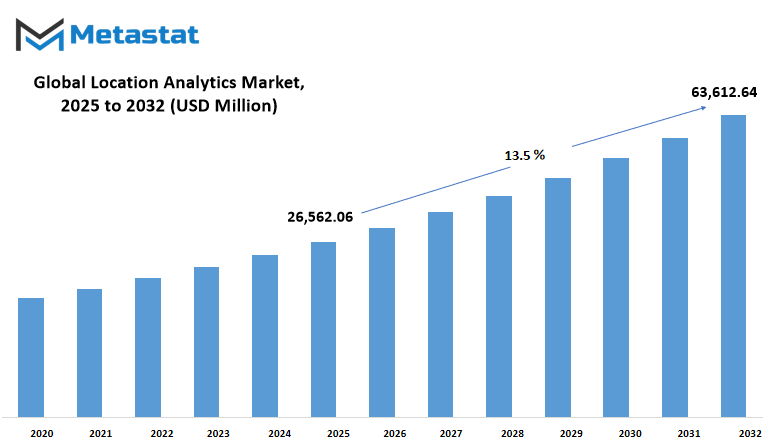
GROWTH FACTORS
The global location analytics market is picking up steam as more and more businesses try to leverage the strength of real-time location-based information. Enterprises in various industries now recognize that understanding how human beings pass and behave spatially can unencumber improved selection-making, decorate customer interactions, and automate tactics. This growing demand is in general fueled by way of the large-scale deployment of clever devices and Internet of Things (IoT) technology, which create massive volumes of spatial facts. These networked gadgets now not simplest deliver meaningful insights into users' conduct but also allow operational sports inclusive of asset tracking, visitors control, and real-time resource optimization.
Concurrently, growing IoT infrastructure is fueling call for vicinity analytics answers, stimulating innovation inside the manner that this information is processed and visualized. Yet, at the same time as its possibilities are big, the marketplace isn't always with out challenge. One enormous impediment to entry is that the deployment of advanced area analytics structures is steeply-priced. Advanced area analytics structures have a tendency to call for investment in specialized software, hardware, and skilled staff, which may be much less low-priced to smaller establishments or businesses with tight budgets. Data privacy is also a main issue. With region statistics becoming more personal and targeted, there is expanded scrutiny from regulators and customers. Firms want to hold compliance with privacy rules, some thing which can vary notably from one vicinity to every other and introduce complexities into deployment.
Despite those troubles, there are compelling reasons to be optimistic approximately the future of the global location analytics market. One of the most promising trends is the convergence of artificial intelligence and machine learning. These technologies enable more profound understanding from geographic data through the detection of patterns, forecast of trends, and making recommendations with higher precision. As the technologies develop and become more intuitive, they will make it possible for more organizations to access location intelligence, technical expertise notwithstanding.
Another opportunity area comes in the form of the emergence of smart cities and the digitalization of growing markets. These markets are starting to invest in infrastructure that enables connected services like smart transportation, city planning, and public safety networks. The location analytics will be important to make these systems responsible and efficient. As these markets develop further, they will create additional demand for state-of-the-art geopolitical solutions. Eventually the global location analytics market will make the demand scope and impact.
MARKET SEGMENTATION
By Solution
The global location analytics market is undergoing a transformation fueled by increasing business requirements and advances in technology. Businesses from various industries are discovering value in knowing not only what their customers do but where they do it. This need for place-based information is fuelling adoption as businesses look for more effective means to map consumer activity, streamline operations, and make quicker, more intelligent decisions. Firms are no longer relying on conventional data sets. They are using location-based tools in conjunction with real-time analytics to remain competitive. Accordingly, the market is witnessing solid traction throughout large and small businesses alike that aim to enhance local performance and customer interaction.
One of the most important trends in the global location analytics market is the increase in usage of advanced solutions that assist in converting intricate location data into perceivable insights. The solution category is also divided into Geocoding and Reverse Geocoding, which by themselves held the value of $8,512.90 million, and Thematic Mapping and Spatial Analysis, Reporting and Visualization, Data Integration and ETL, and other mapping tools. Each of these serves a purpose in assisting companies to view patterns, monitor assets, evaluate risks, and even predict trends depending on the geography. From retail to logistics and city planning, location analytics is no longer an option but a must-have.
What differentiates the global location analytics market is its capacity to evolve and provide scalable, flexible solutions across different industries. It's not just a physical location tracking demand, but also digital footprint analysis, mobile consumption, and activity linked to locations. With changing user expectations, particularly in today's mobile world, companies are battling to tailor experiences and provide context-specific services. This custom-oriented approach, based totally on geographic expertise, has a tendency to create better patron bonds and returns on investment.
In the future, this region will maintain converting as more moderen technologies like AI, 5G, and IoT retain to broaden the opportunities with spatial statistics. These technology will enhance vicinity insights to be greater accurate, well timed, and relevant, extending what's possible in regions together with emergency response, clever cities, deliver chain control, and advertising and marketing. As agencies realize the complete implications of "where" across their companies, the want for clever location analytics will increasingly grow. The global location analytics market, as highlighted through the latest studies by means of Metastat Insight, is not only a numerical fashion, but an evolution in decision-making decisions fueled through the energy of vicinity.
By Services
The global location analytics market is seeing enormous modifications as corporations throughout industries understand the fee of spatial statistics in selection-making. This marketplace is now not just about accumulating place-primarily based statistics it’s about turning that statistics into significant insights that pressure overall performance, consumer engagement, and operational efficiency. With the developing adoption of smartphones, GPS-enabled gadgets, and connected technology, corporations have get entry to to greater real-time data than ever earlier than. This is driving corporations to searching for smarter means of understanding in which and how clients circulate, have interaction, and make selections, each online and offline.
By offerings, the market is labeled into Consulting, Integration and Implementation, and Support and Maintenance. Consulting is central in supporting corporations to recognize the way to increase information strategies efficaciously. It incorporates advising firms on excellent practices, compliance, and application of appropriate equipment relying on their objectives. Integration and Implementation is set merging region intelligence with modern-day systems, that may vary from client courting platforms to deliver chain software. This section is critical, because it makes sure the facts accumulated virtually drives business selections in a well timed and useful way. While this, Support and Maintenance continues these structures strolling easily, via common updates, troubleshooting, and optimization.
As organizations become more and more statistics-driven, they're now trying to vicinity analytics now not most effective for marketing or logistics however for hazard management, metropolis planning, as well as health care. Layering area-primarily based insights onto business records makes it less difficult to perceive patterns, decorate targeting, and distribute assets greater successfully.
By Location Type
The global location analytics market is increasingly becoming significant as businesses increasingly understand the power of location-based intelligence to inform their strategies. The market, pushed through fast-paced technological innovation, is founded at the growing need for information-pushed decision-making. From consumer behavior tracking, logistics optimization, to clever city planning, vicinity analytics is rising as a practical device in each industry. What makes it so pertinent is that it could convert bodily movement into beneficial facts, allowing corporations to be more green and connect with people in better methods.
The global location analytics market is segmented typically by place kind, which includes Indoor Location and Outdoor Location. Indoor region analytics targets regions which includes purchasing shops, airports, hospitals, and warehouses, wherein understanding foot traffic or motion styles inside a constructing can result in superior carrier and control of assets. For instance, shops can determine in which customers linger longest and make modifications to product placement. Outdoor region analytics, but, targets large environments, which includes cities, highways, and occasion venues. This class enables offerings including traffic control, routing optimization for transport, and public safety surveillance.
With more devices communicating through the Internet of Things (IoT) and with 5G networks growing, location data will increasingly get better and more useful. Companies will also increasingly depend on these insights, for not only internal advantages but also to provide personalized experiences to consumers. With data protection and privacy issues becoming key talking points, companies operating in this area will also have to walk the balance of innovation and accountability.
The global location analytics market, as shown by Metastat Insight, is more than just a trend it's the way that new organizations will operate. Its influence in creating smarter surroundings and more tailored services makes it a sector to look out for. As the sectors continue to evolve, application of Indoor as well as Outdoor Location analytics will be a key part of decision-making. In the years to come, this transition is poised to change the way businesses sense and engage with their environment.
By Vertical
The global location analytics market is quietly molding business decision-making into more informed, location-driven choices. Industries across the board are leveraging these solutions to gain better insights into patterns of movement, customer activity, and geographical trends. It's not just a matter of one particular industry it extends broadly, leaving its influence in a number of significant places.
In economic services and banking (BFSI), vicinity analytics permits threat management and department optimization, informing institutions wherein to set up new places of work or provide positive offerings. Retail and e-commerce industries end up aware of foot visitors and shopping for habits, prompting them to alter promotions and inventories in reaction to tendencies with the aid of area. Governments and defense agencies leverage this era for making plans, public protection, and progressed response inside the face of emergencies. It allows them to spatially visualize information, which complements their potential to fulfill both regular needs and crises.
In enjoyment and media, the technology underpins target audience focused on and local content making plans. Automotive organizations utilize it to screen automobile motion and enhance deliver chains, while the transportation and logistics enterprise rely on it to maximize routes and limit delays. At the equal time, strength and application agencies leverage those insights to higher watch usage styles, perform infrastructure, and plan for increase. The telecommunication area profits through mapping out gaps in coverage and enhancing the overall performance of networks the usage of geographic statistics. In the health and life sciences sectors, it allows the whole lot from monitoring outbreaks of disorder to improving get admission to to healthcare centers. Other sectors that do not match into the number one classes additionally leverage these skills, demonstrating how versatile and beneficial region analytics has became out to be.
As access to the technology expands, companies in all these industries will keep on investing in location analytics. This trend indicates a future in which location data will be used on a regular basis to inform decision-making sharpening strategies, streamlining services, and personalizing customer experiences.
|
Forecast Period |
2025-2032 |
|
Market Size in 2025 |
$26,562.06 million |
|
Market Size by 2032 |
$63,612.64 Million |
|
Growth Rate from 2025 to 2032 |
13.5% |
|
Base Year |
2024 |
|
Regions Covered |
North America, Europe, Asia-Pacific, South America, Middle East & Africa |
REGIONAL ANALYSIS
The global location analytics marketplace is broadly divided according to geography, offering a lucid photo of how numerous areas make a contribution to the adoption and increase of this technology. The main division in this is North America, with its key individuals being the US, Canada, and Mexico. The sturdy digital infrastructure and widely wide-spread utilization of linked gadgets in these international locations validate the region's market dominance.
In Europe, markets like the United Kingdom, Germany, France, and Italy are vital, and the Rest of Europe presents extra richness in phrases of the scope of the marketplace. Europe has accurate, established records protection law and an emphasis on innovation that promotes adoption by sectors.
Countries in Asia-Pacific inclusive of India, China, Japan, and South Korea are main the way, sponsored via fast urbanization and excessive investments in clever city projects. The Rest of Asia-Pacific is also fueling the market boom as agencies more and more price area-primarily based statistics.
South America comprises Brazil and Argentina, wherein retail and transport sectors are beginning to adopt location analytics to improve planning and customer interaction. The Rest of South America is gradually following at a slow pace spurred by incremental digitalization.
In the period in-between, the Middle East & Africa region includes GCC Countries, Egypt, South Africa, and the Rest of the Middle East & Africa. These regions are starting to leverage vicinity-primarily based technologies if you want to boom public offerings and streamline operational efficiency in industries consisting of logistics and infrastructure. As digital connectivity propagates and governments provide greater incentives for smart technologies, every of these regional segments will have an effect on the global location analytics marketplace in unique but meaningful methods.

COMPETITIVE PLAYERS
The global location analytics market is revolutionizing decision-making for businesses and governments by allowing them to comprehend where things take place and why it is important. Using data with a tie to places, firms are able to determine patterns, identify opportunities, and react more quickly to shifts. This type of insight enables improved planning, from determining where a new store should be opened to forecasting traffic flows or monitoring customer activity in a mall. What makes location analytics different is the way it links traditional data such as sales figures or customer activity to geography, giving a better sense of how context impacts performance.
With time, the need for better and quicker decision-making has encouraged more organizations to adopt this technology. It's no longer just large technology companies or logistics companies. Healthcare organizations, city planners, and retailers are also tapping into location analytics to gain an edge. For instance, a chain of stores can utilize location data to know which locations are drawing in higher foot traffic and then respond with their advertising or inventory. Likewise, health departments in public areas can monitor the spread of diseases and organize resources accordingly.
The global location analytics market is expanding rapidly, driven by developments in cloud computing, AI, and the proliferation of mobile devices that continuously generate location data. Smartphones, wearables, and connected cars are generating a continuous flow of information, enabling real-time analysis. As the data becomes more accessible and simpler to process, more companies will use location analytics to be competitive.
Yet, this expansion comes with challenges. Privacy is a concern at the top of the agenda, particularly with personal data being gathered and processed. Organizations will need to be open about what they are doing and comply with tight regulations to maintain public confidence. While there's a requirement for professionals skilled in spatial data who can extract useful information from it, tools are becoming increasingly easy to use. Human judgment, however, remains essential in converting figures into decisions.
A lot of major players are defining this market. Important players in the Location Analytics market are IBM Corporation, Google, Oracle, Microsoft, Esri, SAS, Precisely, SAP SE, Cisco, TomTom, Hexagon, Zebra Technologies, Alteryx, HERE, Purple, Galigeo, GeoMoby, Quuppa, CleverMaps, IndoorAtlas, Lepton Software, and CARTO. These players are striving to enhance software functionalities, make it easier to access data, and create tools to be applied across industries. Their work is opening up opportunities for others to begin leveraging location-based insights, no matter the size or type of their operations.
In the future, location analytics will be an integral part of day-to-day business strategy. It's no longer about maps or tracking now it's about deriving insights from place-based information to observe what is occurring in the world and make more informed decisions. As technology advances and more people learn about it, the impact of location analytics will extend further, assisting individuals and organizations in going in the right direction in a literal and strategic sense.
Location Analytics Market Key Segments:
By Solution
- Geocoding and Reverse Geocoding
- Thematic Mapping and Spatial Analysis
- Reporting and Visualization
- Data Integration and ETL
- Others
By Services
- Consulting
- Integration and Implementation
- Support and Maintenance
By Location Type
- Indoor Location
- Outdoor Location
By Vertical
- BFSI
- Retail & eCommerce
- Government & Defense
- Media & Entertainment
- Automotive, Transportation & Logistics
- Energy & Utilities
- Telecom
- Healthcare & Life Sciences
- Others
Key Global Location Analytics Industry Players
- IBM Corporation
- Oracle
- Microsoft
- Esri
- SAS
- Precisely
- SAP SE
- Cisco
- TomTom
- Hexagon
- Zebra Technologies
- Alteryx
- HERE
- Purple
- Galigeo
- GeoMoby
- Quuppa
- CleverMaps
- IndoorAtlas
- Lepton Software
- CARTO
WHAT REPORT PROVIDES
- Full in-depth analysis of the parent Industry
- Important changes in market and its dynamics
- Segmentation details of the market
- Former, on-going, and projected market analysis in terms of volume and value
- Assessment of niche industry developments
- Market share analysis
- Key strategies of major players
- Emerging segments and regional growth potential



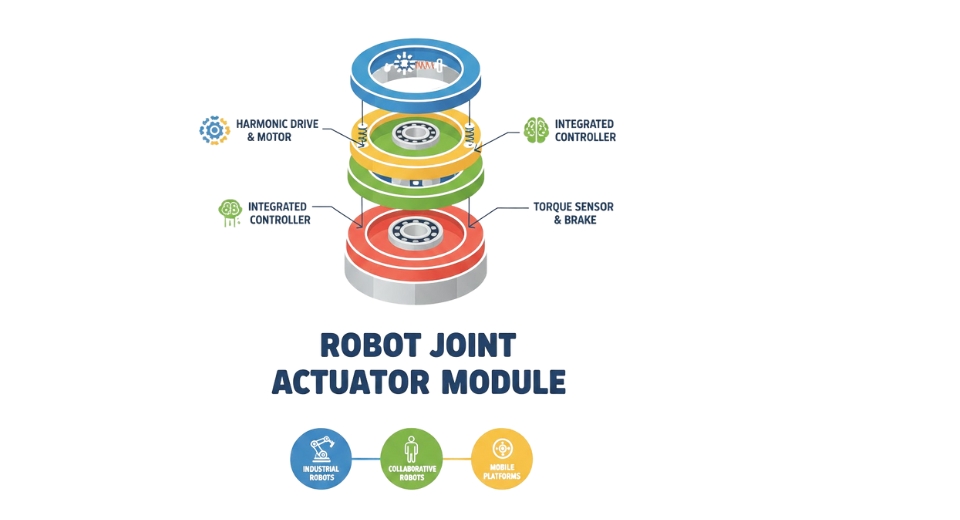
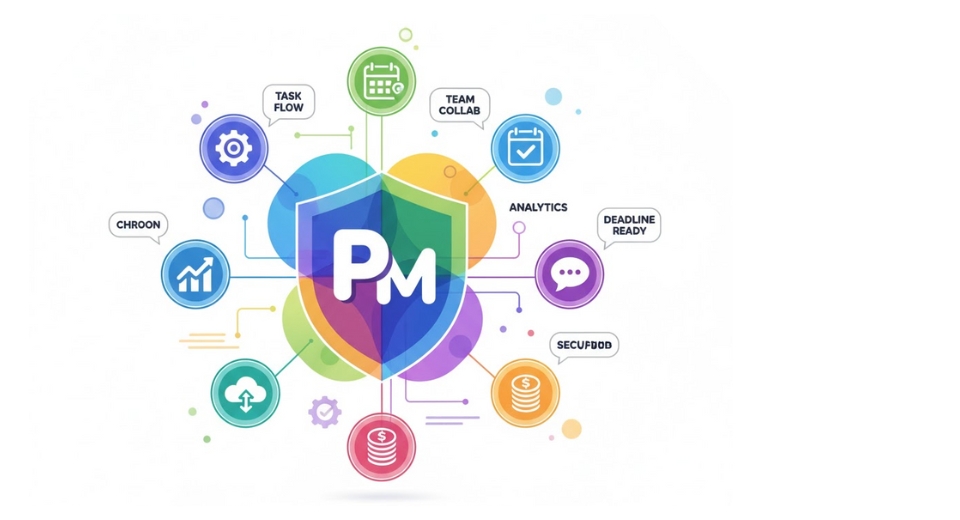
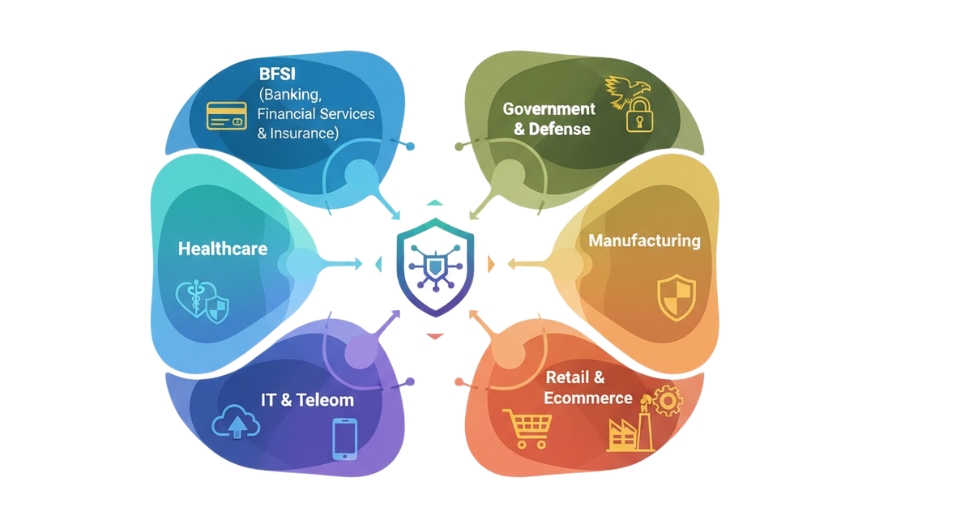
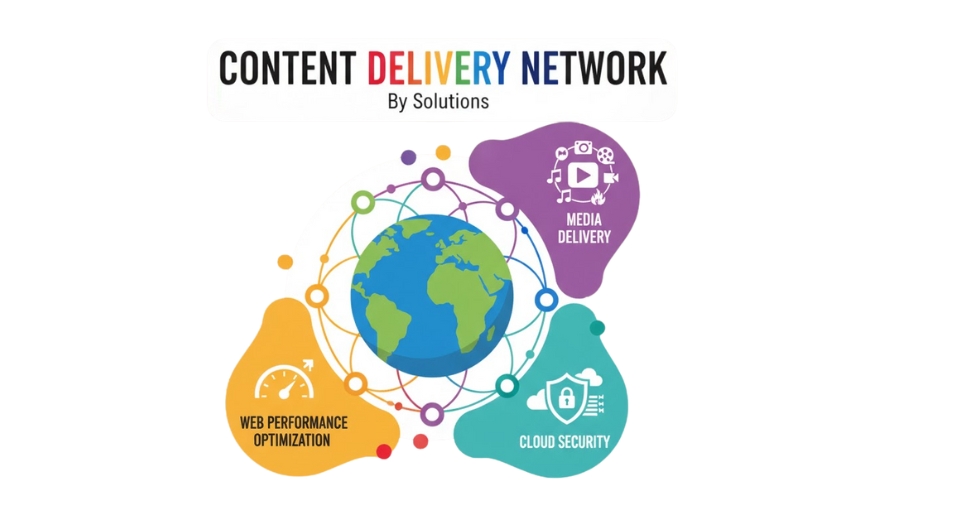

 US: +1 3023308252
US: +1 3023308252






